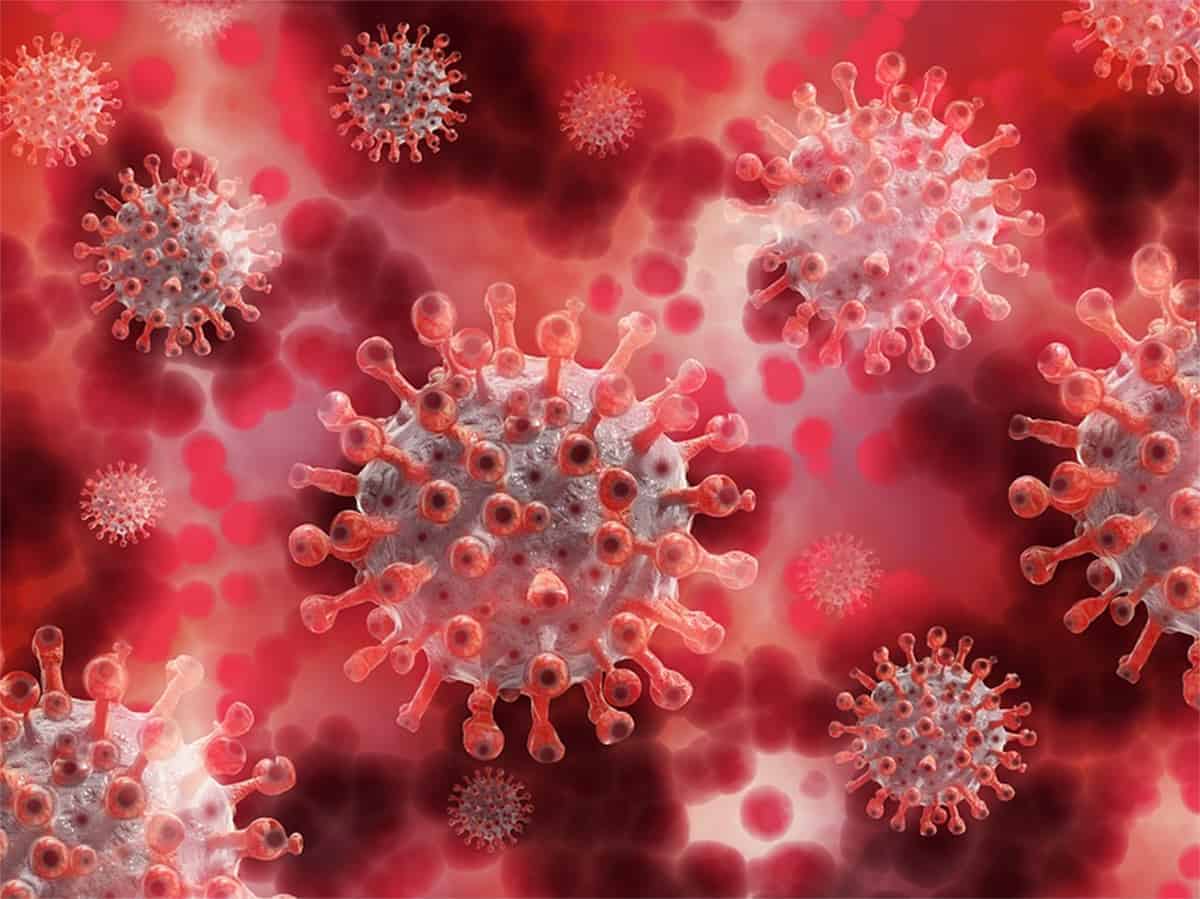New York: COVID-19 produced more symptoms and complications than seasonal influenza in children, while death was rare among them, revealed a large new study.
Early in the pandemic, opinions around the impact of COVID-19 on children and adolescents ranged from it being no more than the common flu to fear of its potential impact on lesser-developed immune systems.
To understand, researchers from IDIAP Jordi Gol in Barcelona compared the real-world observational data of more than 242,000 children and adolescents diagnosed with COVID-19, including nearly 10,000 hospitalised youths, to more than 2,000,000 diagnosed with influenza across five countries (France, Germany, South Korea, Spain, and the US) to provide a clearer picture of COVID’s impact.
Asthma, obesity were the most common comorbidities
The study, published online in the journal Pediatrics, showed that asthma and obesity were the most common comorbidities. There was also a higher prevalence of rare conditions, including congenital malformations, neurodevelopmental disorders, and heart disease, among those hospitalised with COVID-19.
Paediatric patients with COVID-19 also showed higher rates of symptoms such as laboured breathing, loss of smell and gastrointestinal symptoms than those with influenza.
The most common 30-day complications for hospitalised youths with COVID-19 were hypoxemia and pneumonia, both of which occurred at a higher rate than hospitalised influenza paediatric patients.
COVID-19 vs Flu
“This study addressed critical questions that were weighing down on both the healthcare community and the general population — how was COVID-19 impacting our youngest population,” said study lead Talita Duarte-Salles, an epidemiologist at IDIAP Jordi Gol in Barcelona
“While some last year claimed that COVID-19 was no different than the flu, the real-world evidence we generated through open science showed something quite different. It was a relief to see that fatality was rare, but clearly both complications and symptoms showed the COVID-19 was no flu in children and adolescents,” Duarte-Salles added.

